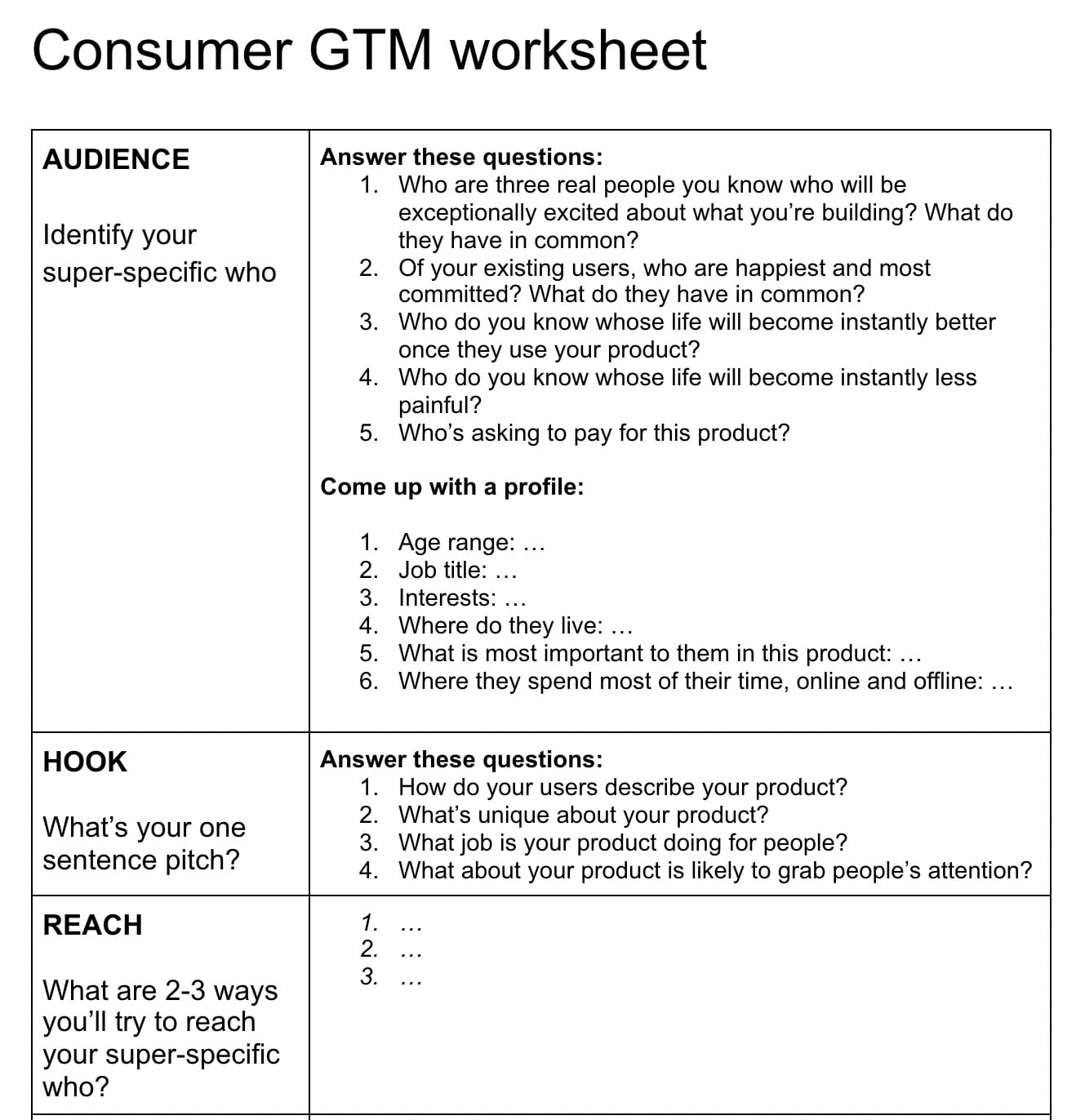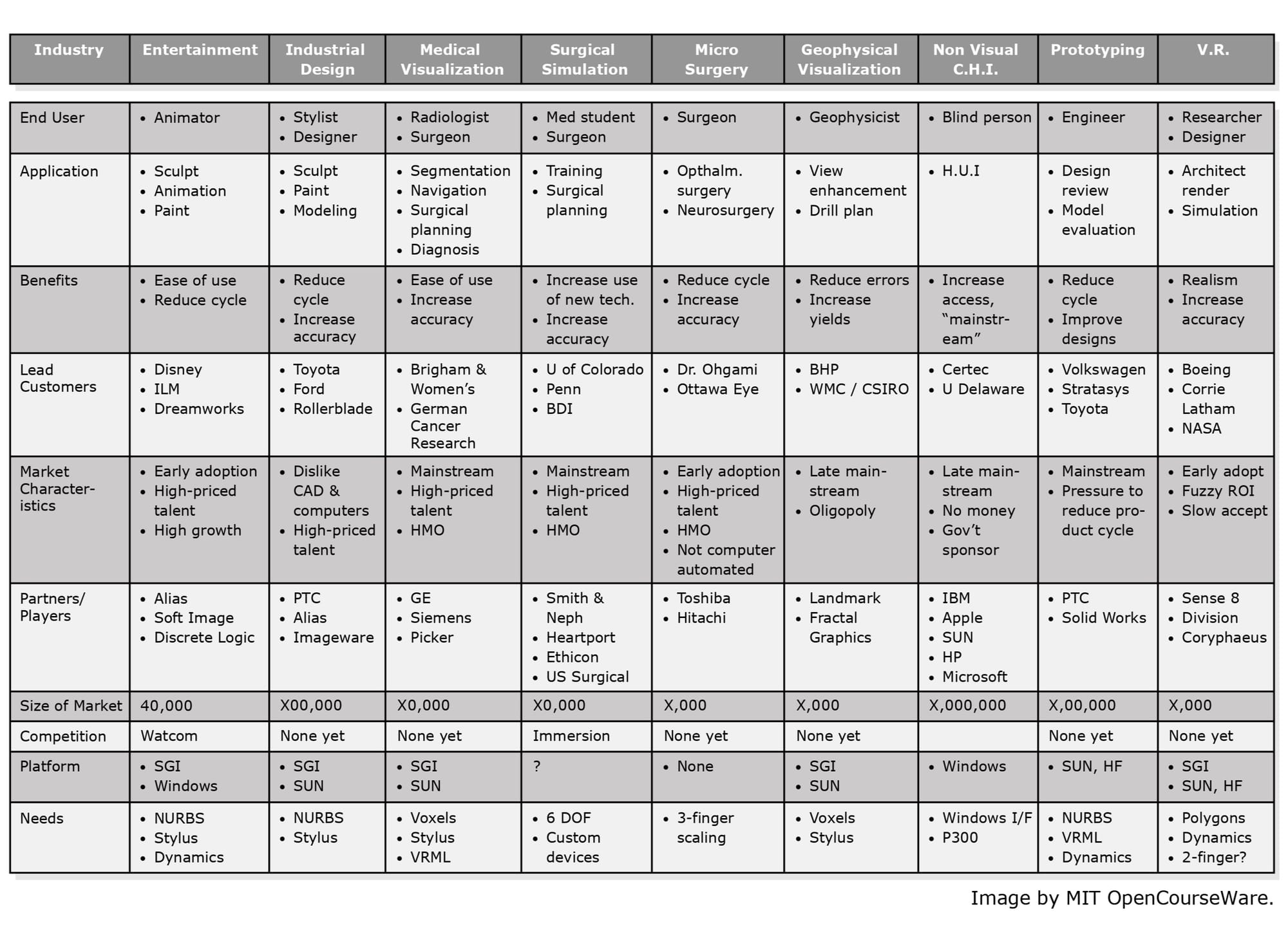📢 Finding your audience
This is part 3 of How to start a digital business in 2024. I address the question: How do you find a very narrow set of early adopters?
👋 Hey! It is Karin here.
Welcome to my ✨ weekly newsletter ✨. This is the place where I tackle topics around product, business, personal finance and spirituality. Subscribe today to get each and every issue.
Welcome to part three of my six-part series on of how to start a digital business in 2024.
If you’re just joining me, here are links to previous posts, and a sense of what’s ahead:
Step 1: Welcome an idea - On gaining an insight
Step 2: Audit your idea. On figuring out if you have an idea worth pursuing?
Step 3: Find your audience. On how to identify your who --> this piece
Step 4: Prototype. On how to validate your solution and nail a value proposition
Step 5: Resonance - On finding the message that resonates with your audience
Step 6: Retain - On keeping users around
The main question I will answer today is:
How do you find a very narrow set of early adopters?
Let's dive into it.
Step 3: Find your audience
By now you have an idea and you are convinced it is a good one. Now, it is time to go out there and validate if others think so as well.
In this post we are going to cover:
- Who are the desperate customers (an expression from Michael Seibel)?
- Two concrete strategies to go about segmenting and finding them

Who are the desperate customers?
You need to find the desperate users for your product. Those willing to use and pay for it now.
The point of todays post is that this group of people:
- is a very specific, well-defined, niched-down group of individuals
- will most likely be different than your initial idea
- you don’t need to nail who this group is from the start
Overall, learning by letting people engage with your offering is more valuable than nailing who this group is from the very beginning.
Did you know that Twitter started as a status update tool for dispatching companies?
Routing companies struggled knowing when a driver had completed a delivery. Jack Dorsey (Twitter's founder) was obsessed with this problem. Once he solved the problem for this very specific audience, he realised status updates could be used by many more and Twitter went on to conquer a wider audience.
“Jack Dorsey grew up in St. Louis, and at the age of 14 he became obsessed with dispatch routing. That was something he wanted to write software for, so he got to work on that. He was in St. Louis and there was no bike messengers there, but he was obsessed with this, so he wrote open source software for dispatching, which to this day is used by many different taxi cab companies. He had this routing history, and he had this idea from when he first started seeing the status messages in instant messaging, and wondered ‘what if we could build a status service out of that?'”
-- Source: Biz Stone, co-founder, via MediaShift
People at Odeo, the company he worked for started using the tool and having fun with it. But it was only after attending the South by Southwest Interactive conference in 2015 and displaying screens with tweets of the attendees that the company could triple his traffic from 20,000 to 60,000 tweets a day. (Source: HBS). This worked because a wider audience could see how to use the product.
Did you know that Pinterest almost shut down?
Back then it was Tote, an e-commerce company that wasn’t taking off. Nonetheless, it gave Silberman enough data points. He saw that people were saving collections of their favourite items.
But while Tote users weren’t making purchases via the app, they were amassing growing collections of “favorite” items to share with their friends.
-- Source: The PinterestPivot by Fast Company
Being already in the tech scene, he went on to share this new product with his techie friends. But they didn't understand the product. They were the wrong audience.
Again, he observed that:
(...) there was a small group of people that were enjoying it. And those folks were not who I think stereotypically you think of when you think about early adopters. They were folks that I grew up with, people that were using it for regular stuff in their life. You know, “What is my house going to look like? What kind of food do I want to eat?” Things like that.
-- Source: Ben Silbermann via StartUpSchool
At the Salt Lake City Alt Summit - a large conference for female-focused design and blogging - he realized the attendees were actually his audience: female, visual bloggers that like to collect visually appealing collections of anything.
On a whim, Ben decided to attend a conference in Salt Lake City called Alt Summit, a large female-focused design and blogging conference. He walked the halls pitching Pinterest and began to see a bit of interest. Eventually he met a woman named Victoria Smith who had a blog called SFGirlByBay. She quickly saw the potential of Pinterest, and they decided to collaborate on a promotion: Victoria created a Pinterest board with all the things that mean “home” to her and then tagged other bloggers to do the same.
-- Source: Lenny Rachitsky
This is how Pinterest found its very specific who.
HeyLama
HeyLama is an AI-powered speaking practice-app based in Berlin. At first, they looked for language teachers and tutors. The goal was to connect them with people eager to learn a language and allow them to make more money. However, they ended up with too many tutors and too few students. This imbalance made tutors earn little.
Meantime, language schools were interested in HeyLama. They sought to blend it into their teaching and services. Initially, HeyLama dismissed them, thinking they couldn't afford the technology. However, after many talks, they learned they indeed had the financial capacity (at least some of them). Now, language schools are vital to HeyLama's strategy and expansion.
Now, HeyLama's super specific audience is physical language schools that focus on teaching German.
Finding your desperate users
Before you set eyes on the prize of world-class impact and category defining solutions, figure out who is the group of people who will gladly accept your help now.
You might have a big vision of who you want to serve. Or how your product can and should look like. How it is going to transform the world. This might give you energy. But at this stage is not relevant.
What is relevant is finding those people who will gladly take now what you want to offer.
The questions you should ask yourself are:
- Who can I help first?
- What can I address immediately?
Then go and serve them. Manually, without any product. Just help them get their job done.
This will force you to craft a compelling offer and put it on the table for them to look at.
It will remove you from sometimes high level (and super interesting) research questions to a proposal that they can scratch and give you feedback on.
It will force you to figure out how to get them to see the offer. This already puts you in a position to learn about the channels to distribute your product.
When they say yes, and you get to serve them, you'll get to know them well. So well, that you will be able to accurately map their jobs to be done, pains and gains. This insight will inform your product and your process going forward.
Alright, so how do you find them? Start with your network in mind and ask yourself:
- Who are three people I know in the real world who will be genuinely excited about this?
- Who do I know in real life that would benefit immensely from this offer?
- Who do I know in real life who would have less pain in her life thanks to this offer?
And now go even more specific:
- What to they have in common?
- Pin down the following demographics about this group? Feel free to make your best informed guess:
- Age group
- Job title
- Interests
- Goals
- Where they live
- Where they spend time online and offline
- What would be the most beneficial about the product.
Here, I want to refer to Lennys Rachitsky Table for GTM framework because it already contains all the juicy pieces:

To finalise, I want to illustrate this with an example coming from Disciplined Entrepreneurship by Bill Aulet. He uses the table below to illustrate how to dive into customer segmentation for an example product.

Look at how many use cases!
He lists 9 potential sectors and goes to understand why and how they could use the product for. As you can see, it is not the high-level: "This is a product for designers". No, it goes down to industrial designers who sculpt, paint or model in car manufacturing companies and who dislike CAD. THIS is specific. And this should be the level of granularity that you aim for.
Take this as an example of how specific you should go.
Next week: 🏗 Prototype. On how to validate your solution and nail a value proposition
Finding this newsletter valuable? Share it with friends or subscribe
